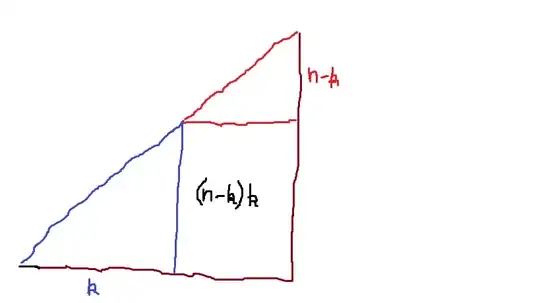So I understand setting up this proof and the basis step just fine, however, it is the induction step where I am completely lost. I went and asked the math tutors at my school, the the tutor that spoke with me even had a tough time with this problem... it is supposed to be tricky, any help would be appreciated, thank you!
Suppose you begin with a pile of n stones (n ≥ 2) and split this pile into n piles of one stone each by successively splitting a pile of stones into two smaller piles. Each time you split a pile you multiply the number of stones in each of the two smaller piles you form, so that if these piles have p and q stones in them, respectively, you compute pq. Show that no matter how you split the piles (eventually into n piles of one stone each), the sum of the products computed at each step equals n(n − 1)/2. (Hint: use strong induction on n.)
My attempt at this question makes no sense, and I just couldn't make sense of the tutors words in the time I had with her. Again, any help would be much appreciated!

